FIRE AND GAS DETECTION: AVOID THE TRAPS!
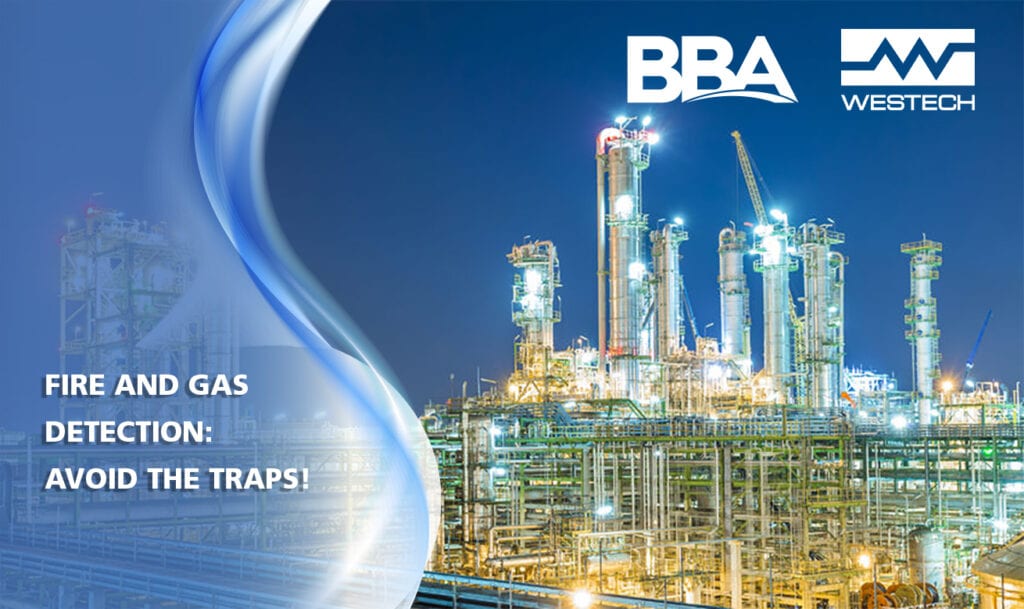
By Sébastien Grégoire, P.Eng. at BBA Consultants and Adrian Petre, P.Eng., F.S.Eng., R.M. at Westech Industrial
For processes using combustible or toxic materials, it is important to include a fire and gas detection system that will act effectively in the event of a leak or ignition. There are several technologies and design methods available, each with its own advantages and disadvantages. To make an informed choice from among the many technologies and design methods, it is important to understand the fundamental principles and to identify the risks to mitigate.
This article will outline the key elements for a successful design and point out some traps to avoid.
Fundamental principles
Generally, fire and gas detectors must be installed where a hazardous atmosphere (combustible or toxic) is likely to occur and could result in fire, explosion or poisoning of personnel. To be able to qualify or quantify the probability of a hazardous atmosphere, it is necessary to analyze several elements such as the:
- chemical properties of the substances used
- potential leak points of the equipment
- process pressures and temperatures
- density of the gases
- conditions of natural or forced ventilation
Trap # 1: Fire and gas detection designs are typically led by automation engineers when the fundamentals are based on chemistry, process and ventilation. Be sure to involve process and ventilation disciplines.
Applicable laws and standards
There are several laws and standards that vary in applicability depending on the industry and the type of process. Over the years, big oil companies have developed their own standards, which often exceed legal requirements. For smaller companies, in the biofuels field, for example, the rules are not as well defined, and budgets are tighter. In all cases, it is important to qualify the consequences of a gas leak or fire for people’s health and safety (occupation level) and to assess the potential damage to nearby equipment and buildings.
Trap # 2: Misinterpretation of laws and standards could lead to non-compliant designs with additional risks or costs.
Design methods
There are two main design philosophies. The first is the prescriptive method, which is mainly based on good industry practice and experience. With this method, we often reuse typical examples, and we follow (at minimum) the rules established under the NFPA 72. The analysis of risks, process and ventilation is rather qualitative, and few calculations are made. This method is less expensive in terms of design but does not establish detection system performance.
The second design philosophy is a performance-based method. To take full advantage of this method, the risks and their probabilities must first be provided for in the process hazards analysis. Several factors must be considered such as occupancy, leak probability, congestion levels, ventilation and ignition risks. The objective is to calculate the risk reduction factor, which drives the performance requirement of the fire and gas detection system. This method requires specialized software and is more expensive in terms of design. However, it can better assess the type, quantity and location of detectors required to achieve target performance. In other words, this method confirms that the performance of the detection system reduces the probability of the risk to an acceptable level.
Trap # 3: Given the relatively low purchase cost, it can be tempting to want to install more detectors rather than invest in analysis and design. In many cases, this results in an inefficient detection system where the detectors are poorly chosen and located. When you add the costs of wiring, programming and calibration several times a year, you realize that the total cost of each detector is much greater than the simple cost of purchase.
Detection technologies
There are several detection technologies available on the market, each with its advantages and disadvantages. Here are just a few:
- Combustible gases – “Catalytic bead”: When a combustible gas meets the catalytic surface, it oxidizes. This reaction releases heat causing a change in resistance, which can be measured electrically. The advantage of this technology is that it is inexpensive while still able to detect most combustible gases. The downside is that the gases must come into contact with the detector (poor coverage), and maintenance and calibration costs are higher
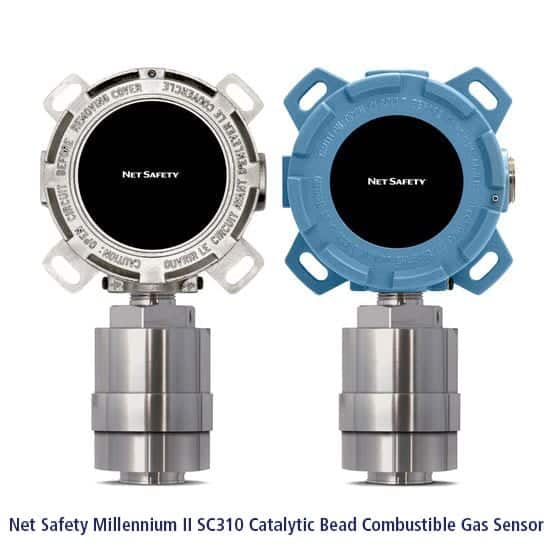
- Combustible gases – “Open path” infrared transmitters/receivers: This technology relies on the infrared absorption characteristics of hydrocarbon gases to determine their presence and concentration. Infrared (IR) gas detectors consist of an IR light source (emitter) and a light detector (receiver) to measure intensity, both at the absorption wavelength and the non-absorption wavelength. The advantage of this technology is that it is possible to cover a large area with a single transmitter/receiver combination. Maintenance costs are also lower, as there is no degradation due to chemical reactions. The downside is the higher initial cost.
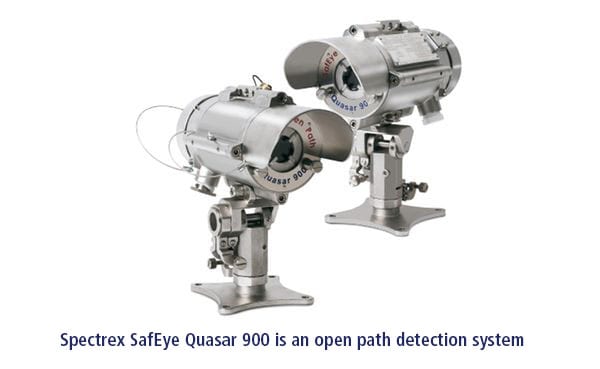
- Toxic gases – Electrochemical cell:This technology measures a signal that is proportional to the quantity of toxic gas diffused in a cell filled with an electrochemical solution. The advantage of this technology is that it is inexpensive while still being able to detect most toxic gases. The downside is that the gases must come into contact with the detector (poor coverage) and maintenance and calibration costs are higher.
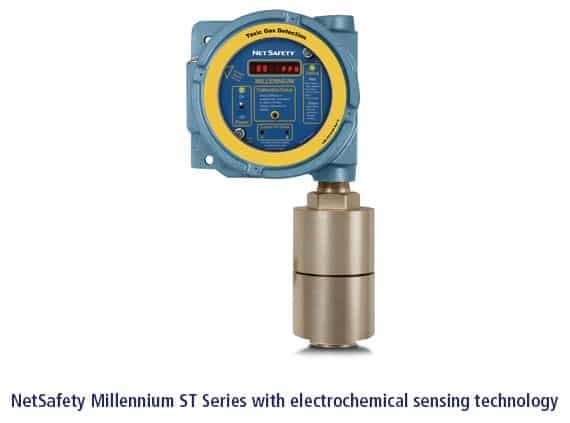
- Optical fire detector:Optical fire detectors are designed to respond to the spectral signatures of CO2 and/or H2O energy emitted by fires in the ultraviolet and / or infrared spectral range. This technology combines spectral analysis with flicker frequency to avoid false alarms from sources other than fire. The advantage of this technology is mainly detection speed and the possibility of covering a large area. It can therefore act much faster than heat or smoke detectors. The downside is the initial cost and sensitivity to visual obstructions.
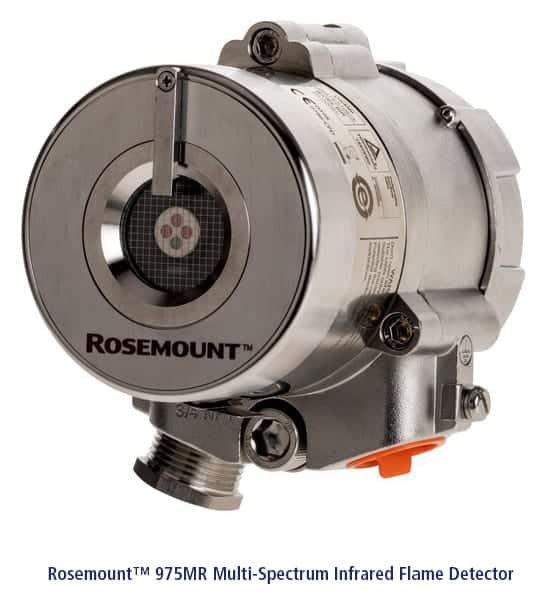
Trap No. 4: Many manufacturers and distributors offer specialized services in addition to selling detectors. It is important to remember that they have incentives to sell detectors, which can influence the design. Make sure to complete the analysis to understand your needs before purchasing a system.
Conclusion
Designing a fire and gas detection system requires several technical skills, a good command of codes and standards and a solid understanding of available technologies. The risks are high, and the pitfalls are numerous, so be sure to involve an expert!
About Westech Industrial
Wherever toxic or combustible gases are part of an industrial process or a by-product of it, they pose a threat to people, property and productivity. At Westech Industrial we offer a range of Best-in-Class Manufacturers in Gas &and Flame Detections systems that ensure the safety of your employees and operations for a wide variety of applications. For more information visit our website at https://bit.ly/3wXM3Hf or call us at 1-800-912-9262.
About BBA Consultants
BBA is a Canadian consulting engineering firm specialized in power, mining and metals, biofuels, oil and gas. Our engineering consultants are here to help; discover our firm!
We are proud to have made our mark in the Canadian industry thanks to our cutting-edge expertise in electrical power. Today, we are still engaged in creating change with a multidisciplinary cross-Canada team that strives for excellence, from studies to detailed engineering and field support. Visit https://www.bba.ca/ for more details.
